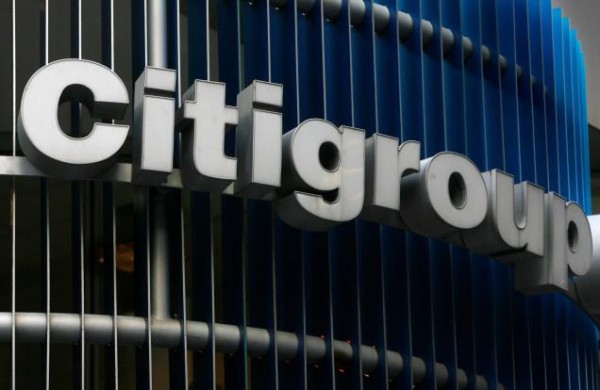Stocks opened flat this morning before correcting modestly several hours later. Surging Treasury yields initially had bulls feeling encouraged, but they ultimately pitched sentiment lower through noon as the yield curve’s handful of inversions intensified.
Inverted yield spreads normally wouldn’t be considered bullish. But ever since the Fed raised rates by 25 basis points (bps) last week, that’s been the case. Inversions on the yield curve following a hiking cycle have always resulted in recessions in the US.
And, if a recession is truly on its way (it almost certainly is), history suggests that the Fed will cut rates while rebooting quantitative easing (QE) – both highly bullish developments.
The reason for the inversions, however, had little to do with last week’s actual hike. It was driven instead by the Fed’s updated rate hike schedule, which included 6 additional hikes this year. Two Wall Street banks went so far as to predict that the Fed would hike by 50 bps in May and June. The federal funds rate hasn’t risen by 100+ bps over two FOMC meetings since 1994.
As of this morning, though, another Wall Street firm took things a step further when it predicted an even more hawkish rate hike schedule. Citigroup published a note today in which the bank said that it anticipates four consecutive 50 bps hikes this year, which would bring the benchmark rate to 3.5%-3.75% in 2023.
This jolted yields higher as the much-watched 2s10s yield spread got closer to inverting. If it does invert, it will join the 3s5s, 3s10s, 5s10s, 7s10s, and 20s30s, all of which inverted last Friday.
But investors didn’t quite know what to make of this morning’s rise in yields. Since the Fed hiked rates last week, the market re-entered “bad news is good news” territory, which bulls became very accustomed to during the post-Covid rally.
UBS Global Wealth Management’s Mark Haefele summed up the market’s current complacent attitude nicely in an interview this morning.
“Equities are rallying despite a hawkish Fed and stagflation concerns, as many believe there is no alternative to stocks,” Haefele said.
If things get too hawkish, though, and the Fed matches Citigroup’s estimates, another scenario could end up playing out involving stronger rate hikes into the teeth of a recession. And that is most certainly not what bulls want.
Fed Chairman Jerome Powell could surprise everyone (well, everyone except for Citigroup’s strategists) and hike relentlessly no matter how much the US economy and stock market simultaneously scream “uncle!”
If other Wall Street banks follow Citigroup’s lead, the current narrative (which powered stocks higher off their recent lows) could shift dramatically. It would still be unrealistic to expect a vicious hiking cycle given the US government’s debt load, of course.
But if Wall Street convinces itself that Powell’s going “full hawk,” it won’t matter. The anticipation of a major hiking schedule alone could send stocks scorching lower.
Like always, sticking to the market’s actual price action – not rate hike speculation – will provide greater clarity on what’s to come. Just keep in mind that a new trend has emerged on Wall Street following Citigroup’s note from this morning, and should it gain momentum, a big-time bearish reversal could result, potentially culminating in a longer-term bear market for the S&P.








